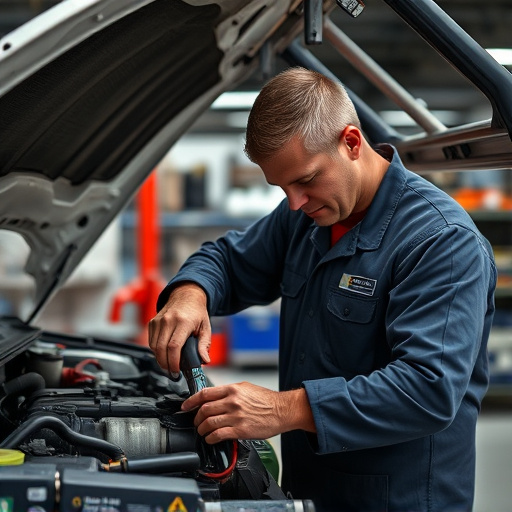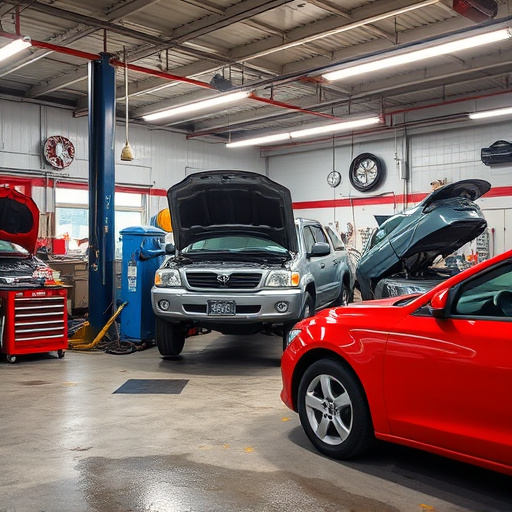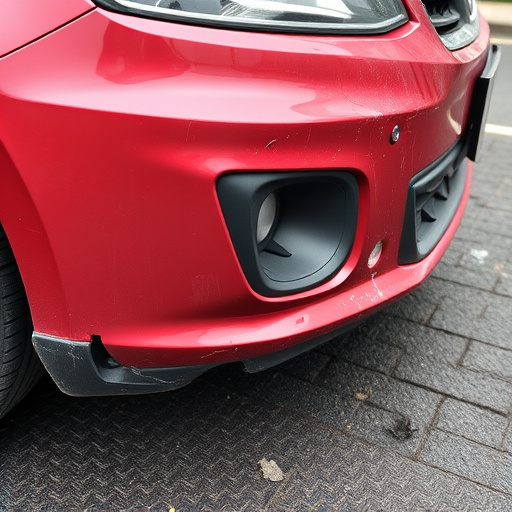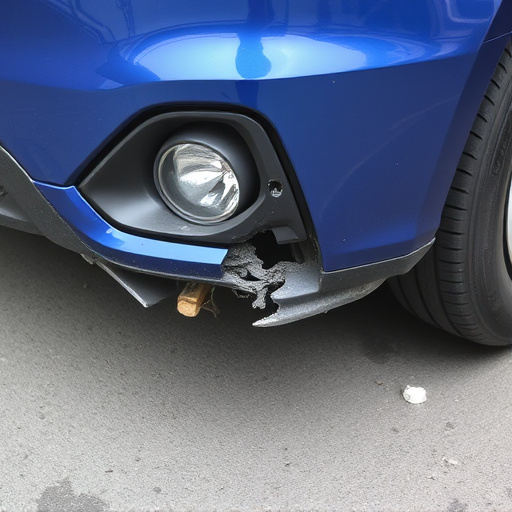Airbag safety certification is vital for vehicle safety, ensuring airbags meet industry standards through rigorous testing and inspection. This process involves material quality control, mechanical checks, and deployment scenario simulations to verify optimal performance. Regular auto maintenance, including bodywork services, is crucial to identify and address potential issues early, thus safeguarding lives on the road.
Airbag installation is a critical process that ensures passenger safety during collisions. This article delves into the meticulous steps involved, highlighting the importance of airbag safety certification. From understanding the installation processes to exploring rigorous testing methods, we uncover how these measures verify and enhance vehicle security. By examining the role of certification, we emphasize its significance in ensuring airbags function optimally when it matters most, ultimately saving lives.
- Understanding Airbag Installation Processes
- The Role of Safety Certification in Validation
- Ensuring Quality: Testing and Verification Methods
Understanding Airbag Installation Processes

The process of airbag installation is a critical step in ensuring vehicle safety. It involves meticulous procedures to guarantee that airbags deploy correctly and effectively during collisions. Understanding these processes is key to maintaining optimal car dent repair and overall vehicle integrity. Skilled technicians follow strict guidelines when integrating airbags into various vehicle models, considering factors like placement, inflation mechanisms, and compatibility with existing autobody repairs.
Airbag safety certification verifies the accurate implementation of these procedures. It ensures that every airbag system meets stringent industry standards, enhancing passenger protection. Proper installation includes proper alignment, secure fastening, and seamless integration with other safety features. By adhering to certified practices, manufacturers and repair shops mitigate risks associated with malfunctioning airbags, thereby safeguarding lives and minimizing potential car dent repair costs in the event of an accident.
The Role of Safety Certification in Validation
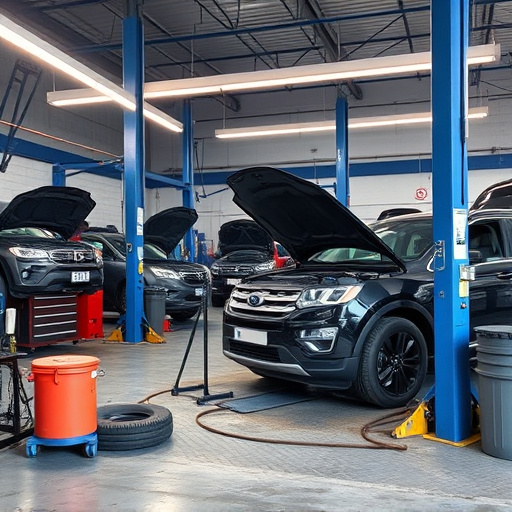
Safety certification plays a pivotal role in validating the effectiveness and reliability of airbag systems during installation. It acts as a gold standard, ensuring that every collision repair shop follows stringent protocols to guarantee proper airbag deployment in the event of an accident. This rigorous process involves meticulous testing and inspection to meet or exceed industry standards, thereby enhancing passenger safety.
The airbag safety certification process scrutinizes various aspects, from material quality control to intricate mechanical checks, to verify that the airbags function optimally. This includes simulating real-world collision scenarios to ensure accurate deployment time and range, as well as assessing the integrity of the airbag housing and inflator mechanism. By mandating such certifications, regulatory bodies aim to minimize risks associated with defective or improperly installed airbags, emphasizing the importance of a qualified collision repair shop in safeguarding lives on the road.
Ensuring Quality: Testing and Verification Methods
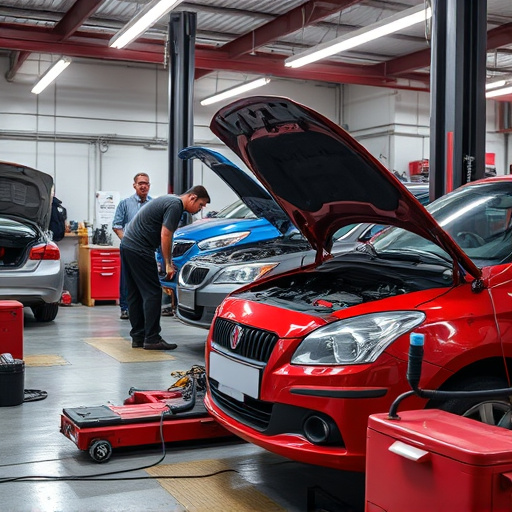
Ensuring quality is paramount when it comes to airbag safety certification. After all, airbags play a vital role in protecting passengers during accidents. Testing and verification methods are rigorously applied to ensure every component meets strict safety standards. These processes involve simulating various crash scenarios to assess the performance and reliability of airbags under different conditions. Advanced technologies like computer-aided engineering (CAE) simulations and physical testing in specialized facilities help verify the integrity of the airbag system, including its deployment speed, direction, and effectiveness.
Furthermore, car bodywork services specialize in installing and maintaining these safety systems, ensuring they function optimally. Regular auto maintenance checks can also reveal any potential issues early on, allowing for prompt repairs. Even minor damages, such as those requiring scratch repair, could impact the integrity of the airbag mechanism if left unattended. Therefore, it’s crucial for both manufacturers and car owners to prioritize regular inspections and adherence to safety certifications to guarantee the well-being of passengers.
Airbag installation processes, verified through rigorous safety certification, are paramount for ensuring passenger protection. Understanding these steps, from component selection to system testing, is key to maintaining vehicle safety standards. Quality assurance methods, including comprehensive testing and verification, play a crucial role in confirming airbags meet the required safety certifications, ultimately safeguarding drivers and passengers alike.
